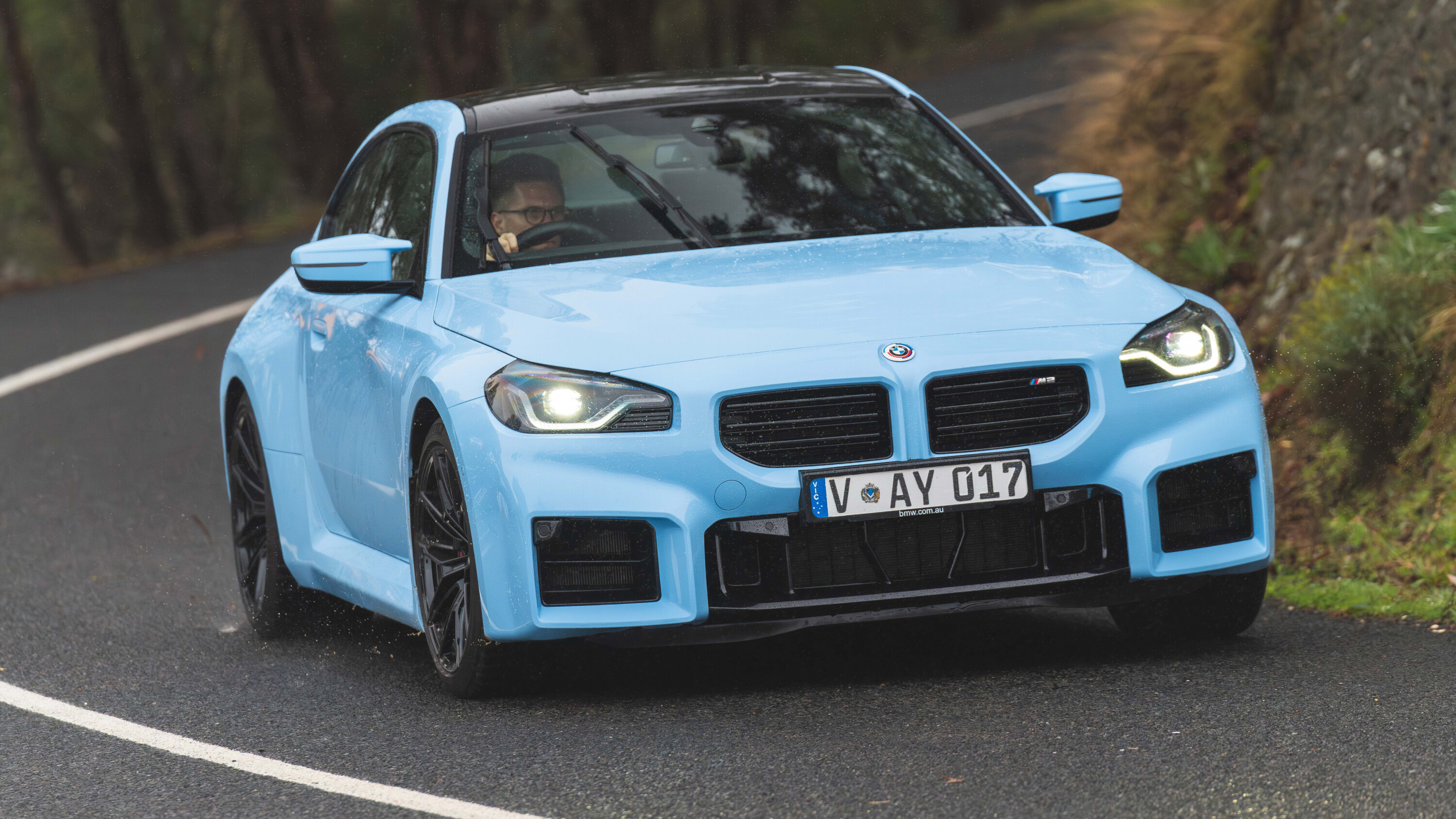Score breakdown
Things we like
- Still a brilliant, attainable performance car
- Excellent dynamics on road and track
- Roomier cabin and stronger GT credentials than before
- Not as lairy or as feisty as original M2 (this could be a negative, too…)
Not so much
- Size and weight gain over first-gen M2
- Not as impishly engaging as the original
- Is it the last ‘old school’ M car?
- Complexity of infotainment system and drive modes
The original BMW M2 was an absolute smash hit. Small, punchy and relatively affordable, it was also the best-selling M car ever thanks to 60,000+ sales over its seven-year lifecycle.
But the real magic was in how it drove. At a time when the iconic M3 and M4 lost their way a little, the M2’s gutsy, rear-driven dynamics, compact footprint and taut, perfectly proportioned bodywork embodied everything we’d come to love (and miss) from BMW M.
All of which adds a layer of trepidation to the arrival of this new, second-generation version.
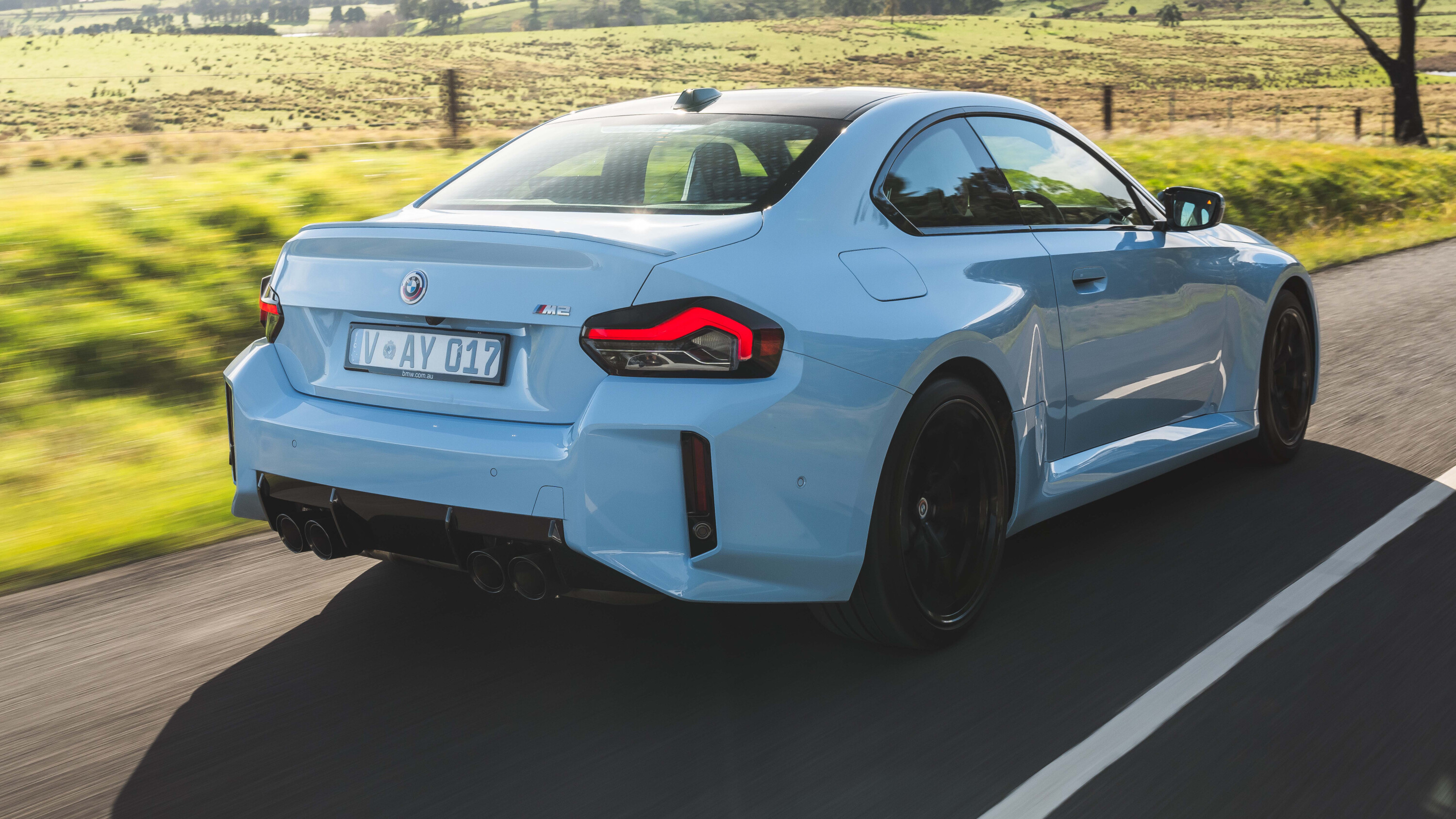
Now bigger, heavier and more expensive than before, the risk is the M2 has lost some of the magic that pegged the original as a future modern classic.
But fear not, for while the M2’s flavour has changed slightly, its core greatness remains. This is still a terrifically engaging sports coupe, only it’s now roomier, quieter, more predictable to drive and armed with a higher quality cabin.
Question is, if you’re a current M2 owner, should you consider upgrading? As you’ll see, that’s a curlier one to answer…
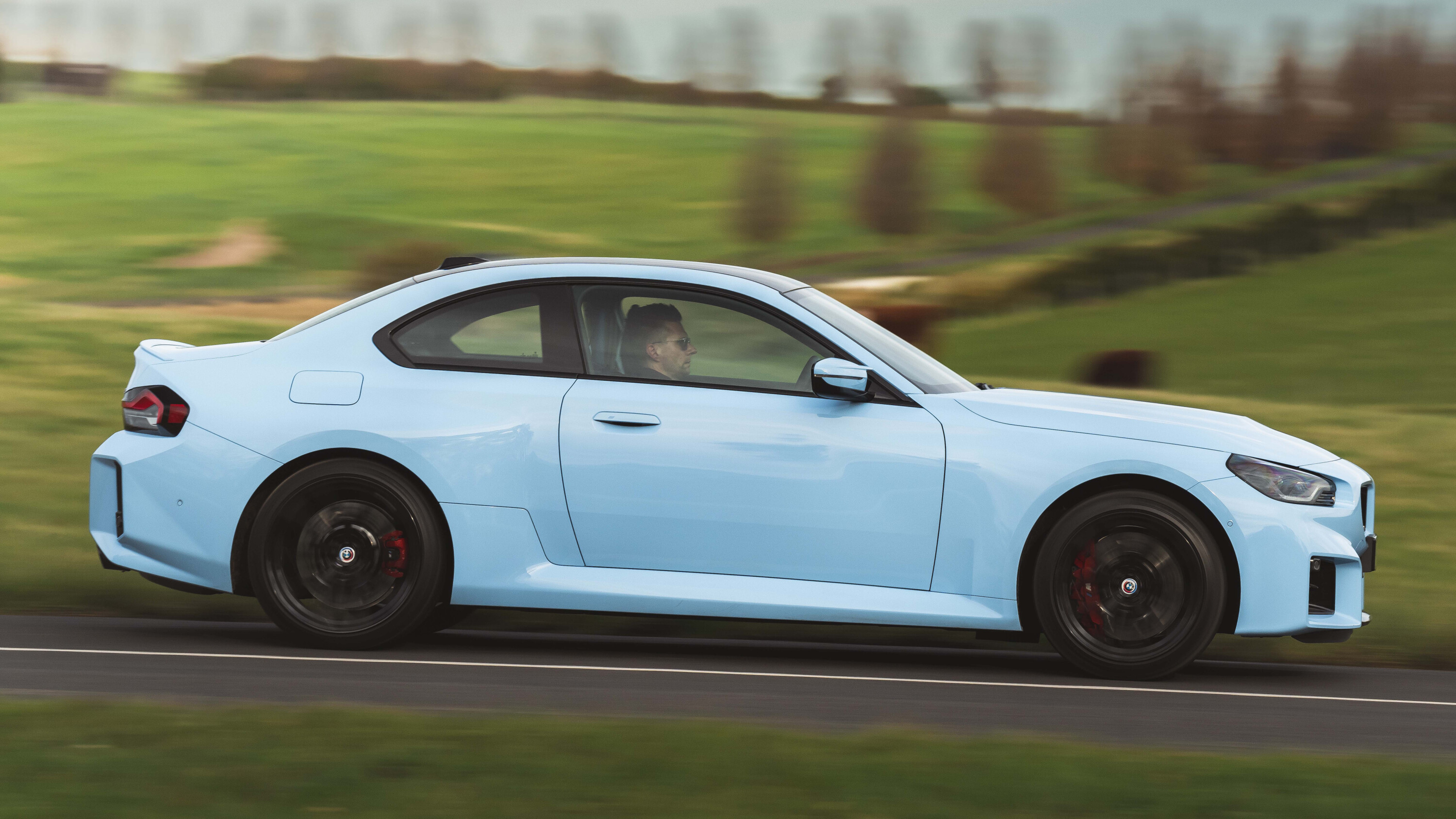
JUMP AHEAD
- How much is it and what do you get?
- How do rivals compare on value?
- Interior space, comfort and storage
- What’s it like to drive?
- How much fuel does the BMW M2 use?
- How safe is the BMW M2?
- VERDICT
- Specifications
How much is it and what do you get?
The M2 is still the most affordable dedicated M car you can buy.
Priced at $121,700 (before on-road costs) with either an eight-speed automatic or a six-speed manual for no additional cost, the M2 is $44,800 less than an M4 and $39,600 cheaper than a base M3.
The flip side to those sums is that the M2 is also now more expensive than it’s ever been. Before it went off sale, you could snaffle up a first-gen M2 Competition for $102,900, meaning this new model is now $18,800 pricer. Damn you inflation!
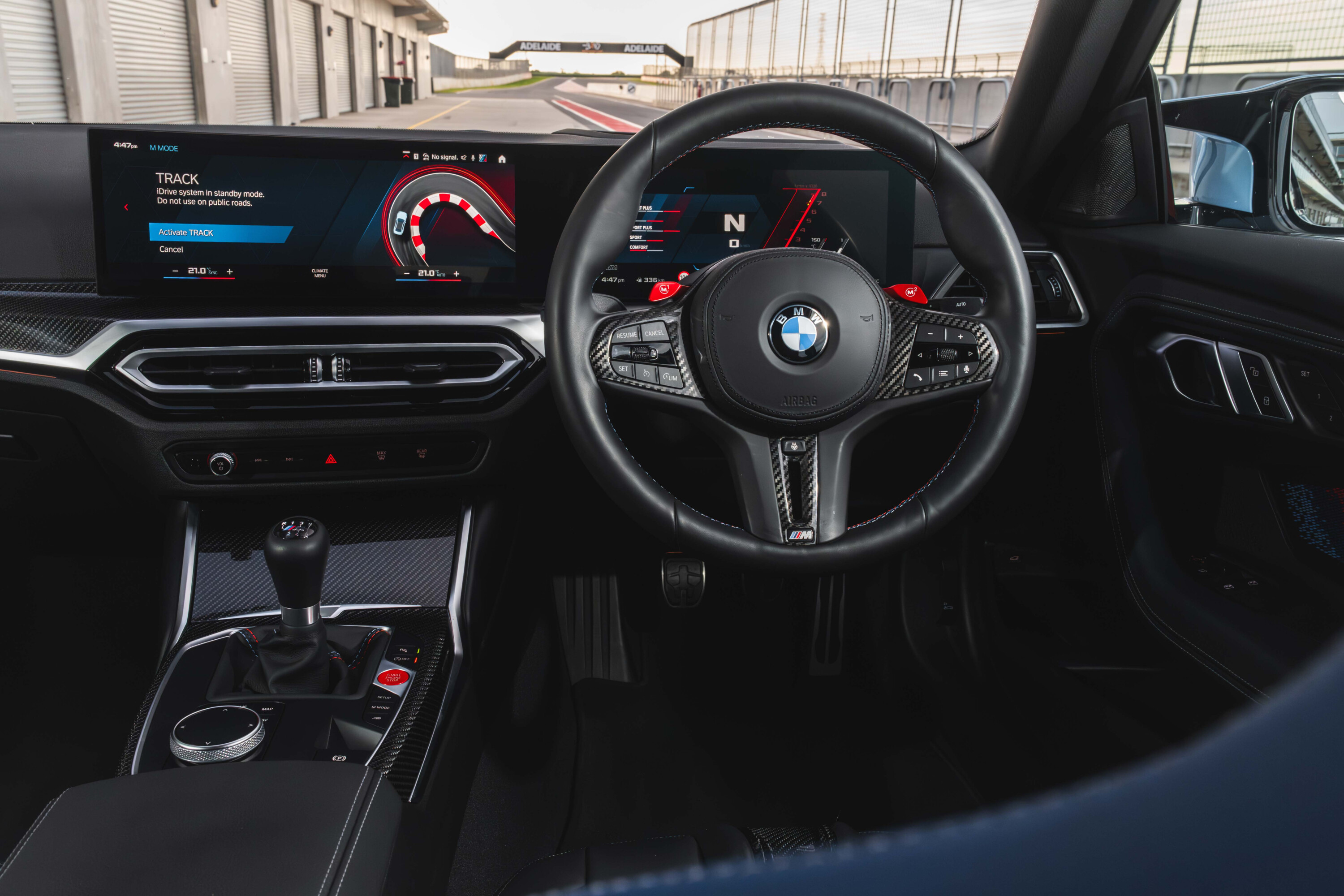
The good news is that you’re gaining a whole lot of additional performance for your cash.
Now built on BMW’s modular CLAR architecture for the first time, this fresh M2 – known as G87 for the model code fanatics – is essentially a slightly less powerful, short-wheelbase M4.
The pair share the same platform, the same suspension hardware, exactly the same track widths and the same S58 3.0-litre straight six, which in the M2 develops a healthy 338kW/550Nm. That makes this new ‘base’ M2 even more powerful than the previous M2 Competition and halo M2 CS which had 302kW/410Nm and 331kW/550Nm respectively.

All that grunt is moving a significantly bigger car, however. At almost 4.6m long, this new M2 is 119mm longer, 16mm wider and 7mm lower than the original.
Its wheelbase has also grown by a substantial 54mm, which has quelled the original’s feisty and snatchy rear-end a touch, but the number that’s grown the most is weight. Throw the new M2 onto the scales and you’ll see a readout of 1725kg, meaning M’s smallest car is now 175kg heavier than before. For perspective, that’s exactly the same weight as a base M4!
At least the extra heft hasn’t blunted the M2’s straight-line performance. Auto versions can hit 0-100km/h in 4.1sec while the manual is two-tenths slower at 4.3sec. That’s lineball with an M4 and first-gen M2.
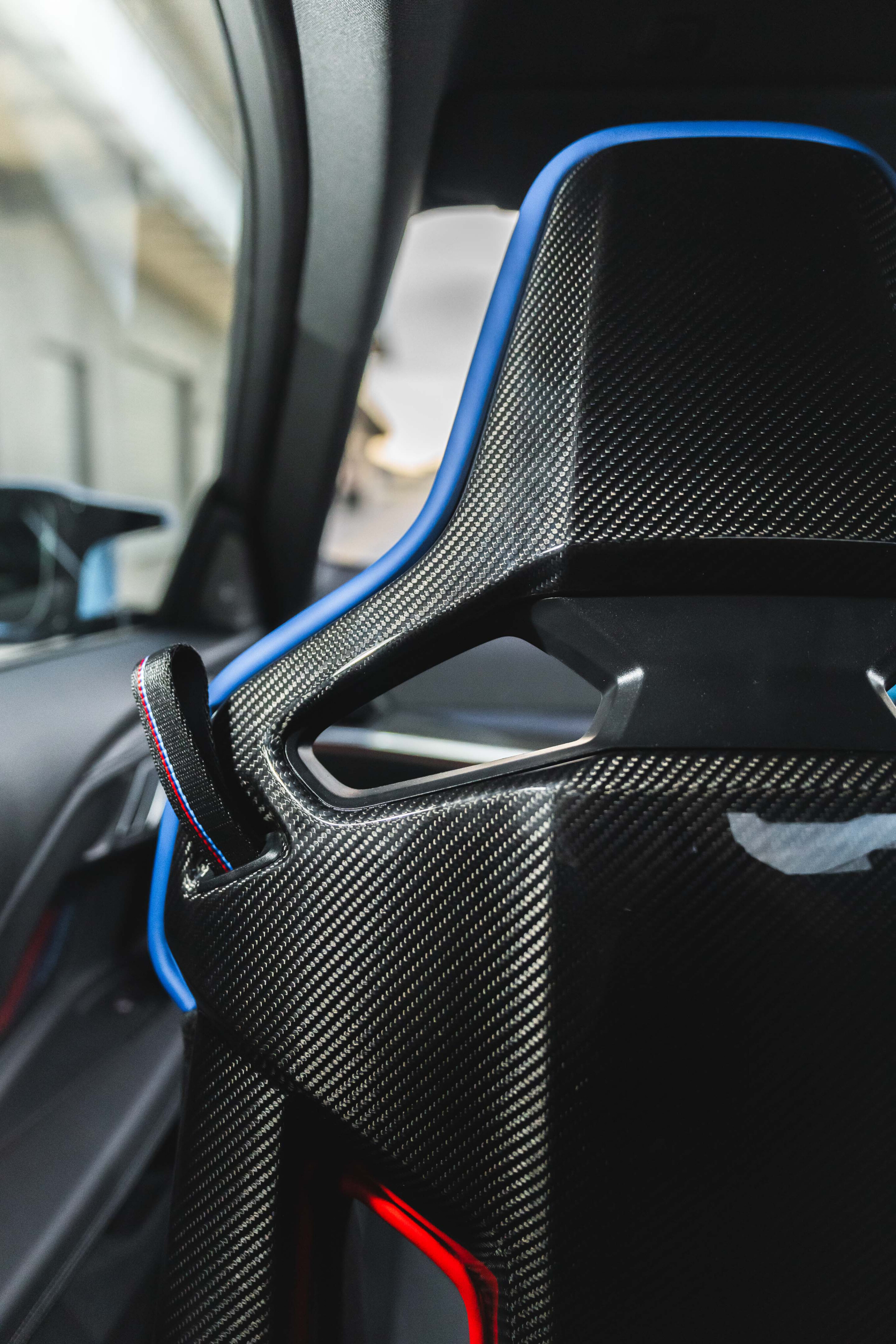
Moving to the M4’s platform has also brought a host of other additional goodies previously not available on the M2.
Adaptive dampers, for example, are now included, and the M2 now runs exactly the same staggered wheel and tyre package as an M3 Competition – 275/35 ZR19 Michelin Pilot Sport 4S rubber up front and 285/30 ZR20 out back.
The braking hardware is also identical to the M3 Comp, with the M2 using 380mm ventilated/perforated front discs clamped by six-piston calipers.

You also gain two settings for the feel of the brake pedal, accessed through the same densely configurable drive mode buttons on the centre console as you get in the M3/M4/XM.
A carbon-fibre roof is now standard on all Aussie M2s, which helps to save 6kg and lower the centre of gravity, with BMW confirming the M2 has a 50:50 weight distribution.
Combine it all and there’s no escaping the new M2 is now a much more serious proposition and is, to all intents and purposes, an ‘M4-lite’.
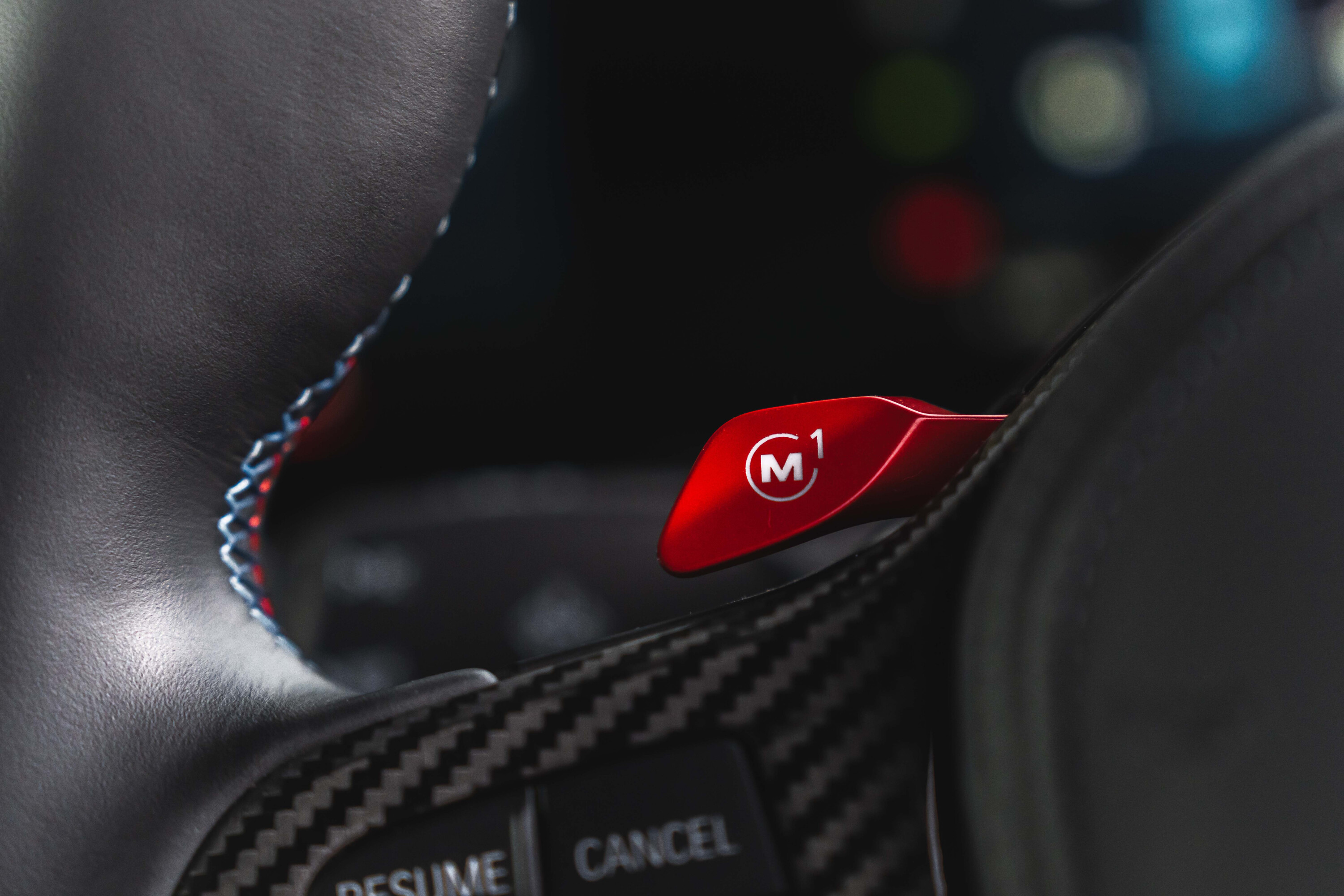
How do rivals compare on value?
Increasing the M2’s price has put it firmly in the crosshairs of one of the performance world’s heaviest hitters: the Porsche Cayman.
At $132,500 before on-road costs, the Porsche is more expensive but it’s also a dedicated sports car, rather than a modified production car, and it uses a mid-engined layout for sharper handling and greater balance.
Plus, it’s a whopping 400kg lighter. It can’t match the M2 for grunt, though, with its 2.0-litre four-cylinder engine making ‘just’ 220kW/380Nm.
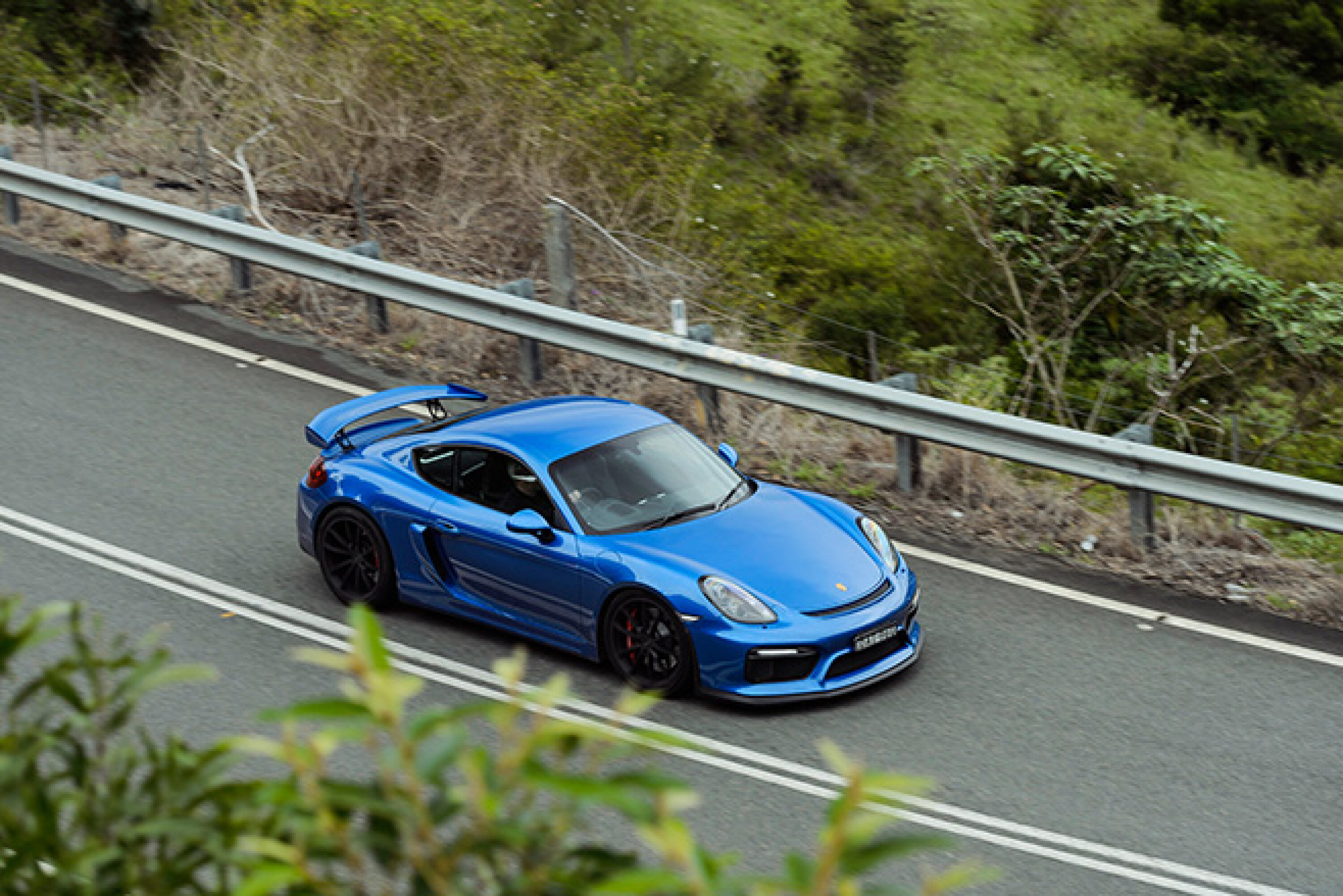
Other rivals to consider are the Toyota Supra GTS ($97,380), which ironically has a BMW six-cylinder engine and a lot of BMW in the cabin, and the Nissan Z Proto ($80,700).
A Ford Mustang GT ($64,412) is also a cut-price alternative and its V8 character, rear-driven layout and manual option make it an intriguing alternative for half the price of an M2.
Two final rivals you should consider if shopping at the M2’s price point are the Mercedes-AMG A45 S ($106,90) and Audi RS3 ($92,369). Neither can match the BMW for traditional rear-drive thrills, but both are cheaper, have an extra set of doors and are some of the quickest real-world performance cars you can currently buy.
All the above prices exclude on-road costs.
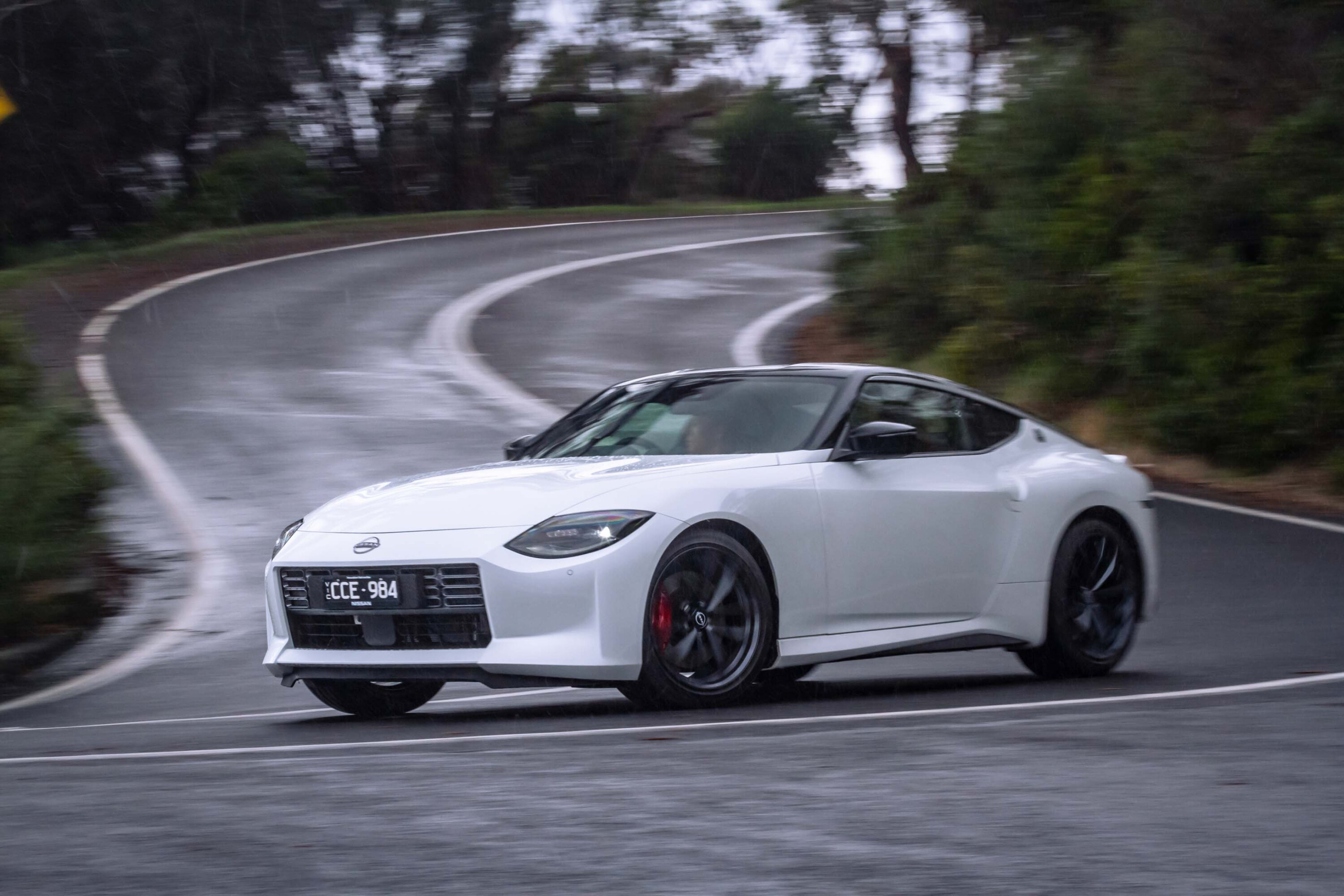
Interior space, comfort and storage
A big benefit of moving to BMW’s CLAR architecture isn’t just a big boost in cabin space but also a substantial lift in quality and cabin tech.
Slip inside the new M2 and you’ll discover it uses exactly the same dash layout as the facelift M3/M4, meaning you score a huge curved display that combines two high-resolution screens as well as a head-up display.
You also score the same foibles, like burying key controls into annoying submenus like the fan speed and air recirculation controls for the aircon.
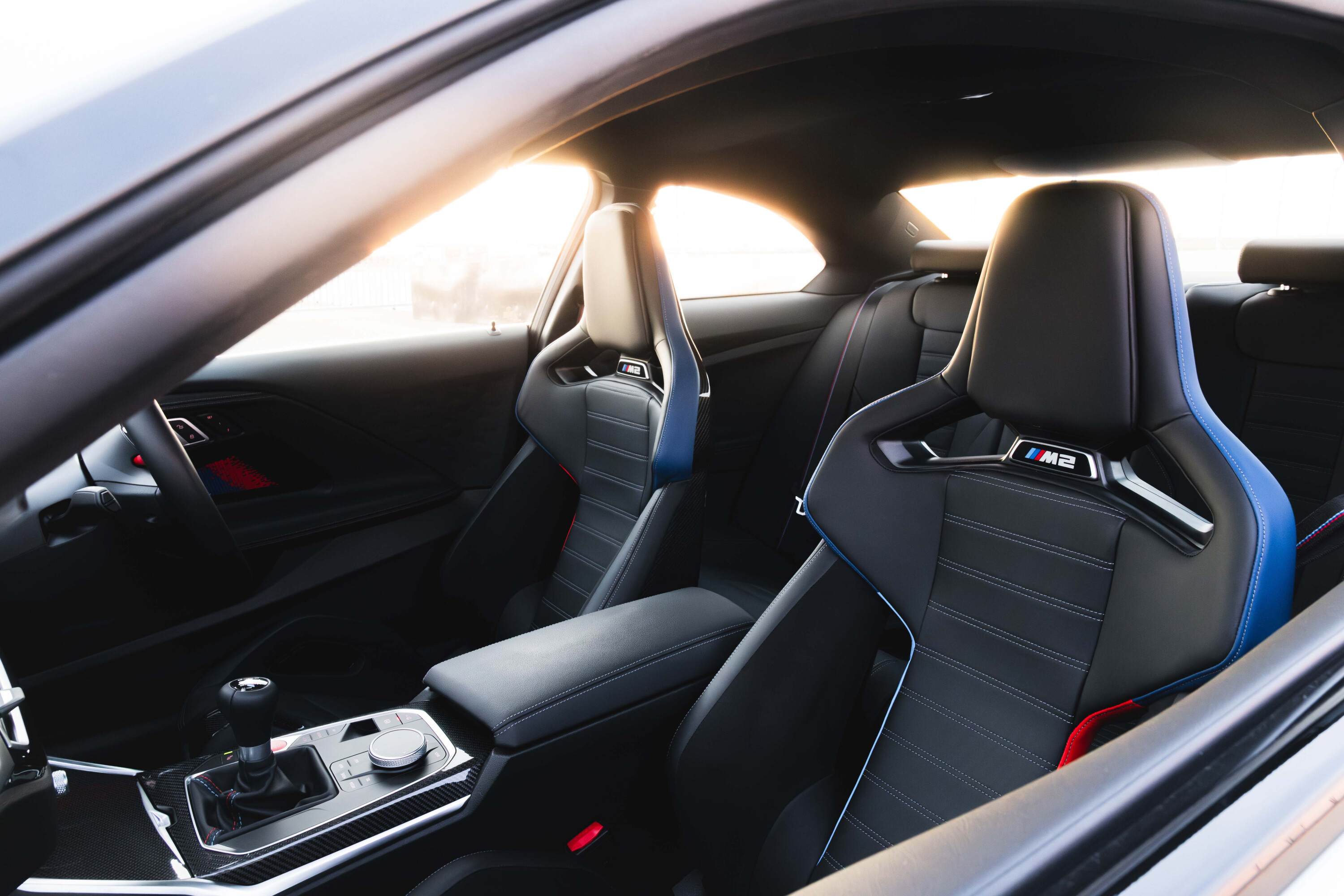
The quality and materials are a marked step forward over the previous M2
The interface to change the many drive mode parameters is also daunting (there are multiple settings for the dampers, steering, brakes, exhaust, engine, transmission and even the active safety systems) but we suspect most owners will quickly assign their favourite settings to the M1 and M2 hot keys on the steering wheel.
However, the rest of the cabin is excellent. The quality and materials are a marked step forward over the previous M2 and the seating position is spot on thanks to a seat that can go incredibly low and plenty of steering wheel adjustment.
The standard ‘sport seats’ are also excellent, although BMW does offer its crotch-coddling carbon buckets as part of the $14,500 Carbon Experience package. The carbon seats look great and save a worthwhile 10.8kg, however, we reckon we’d stick with the comfier standard pews.

Storage is impressive for a performance car thanks to wide door pockets and decently sized lidded cubbies ahead of and behind the gear shifter.
And the boot is a useful 390L, which is about what you get in most small SUVs. Best to think of the rear seats as occasional transport for tall adults, however, due to a lack of headroom. For kids or shorter grown-ups, the back seat is surprisingly comfortable.
There’s ample toe room, the outboard seats are scalloped and comfortable and there are dedicated rear air vents with a third climate control zone. Nice.
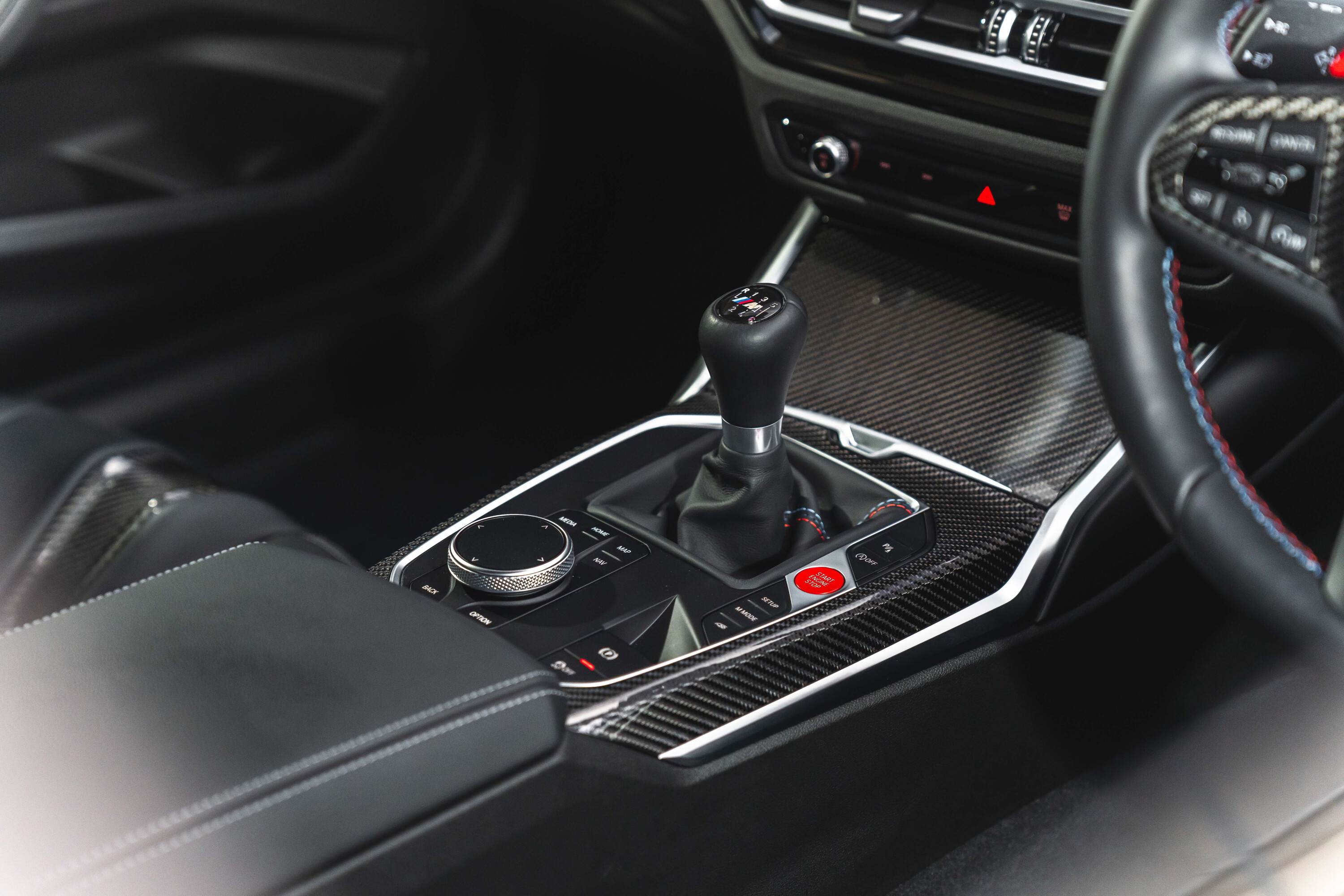
What’s it like to drive?
Quicker and more predictable are the key dynamic takeaways.
The old M2 could be a raw and spiky brute on greasy roads – there was always a sense it’d bite you, hard, if you overstepped your limits – but the new car’s longer wheelbase, wider tracks and larger tyres have made it a friendlier and more confidence-inspiring car to hustle.
It’s still ferociously quick on a challenging road, though. The 3.0-litre straight six is a highlight. Strong and responsive, the S58 unit pulls cleanly through the rev range and has enough grunt to make the M2 feel every bit as quick as its 0-100km/h acceleration claim.
The noise ranges from authentic and a touch distant without the exhaust button pressed, to deeper and slightly synthetic with it switched on, but both deliver the kind of soundtrack you expect from a BMW straight six.
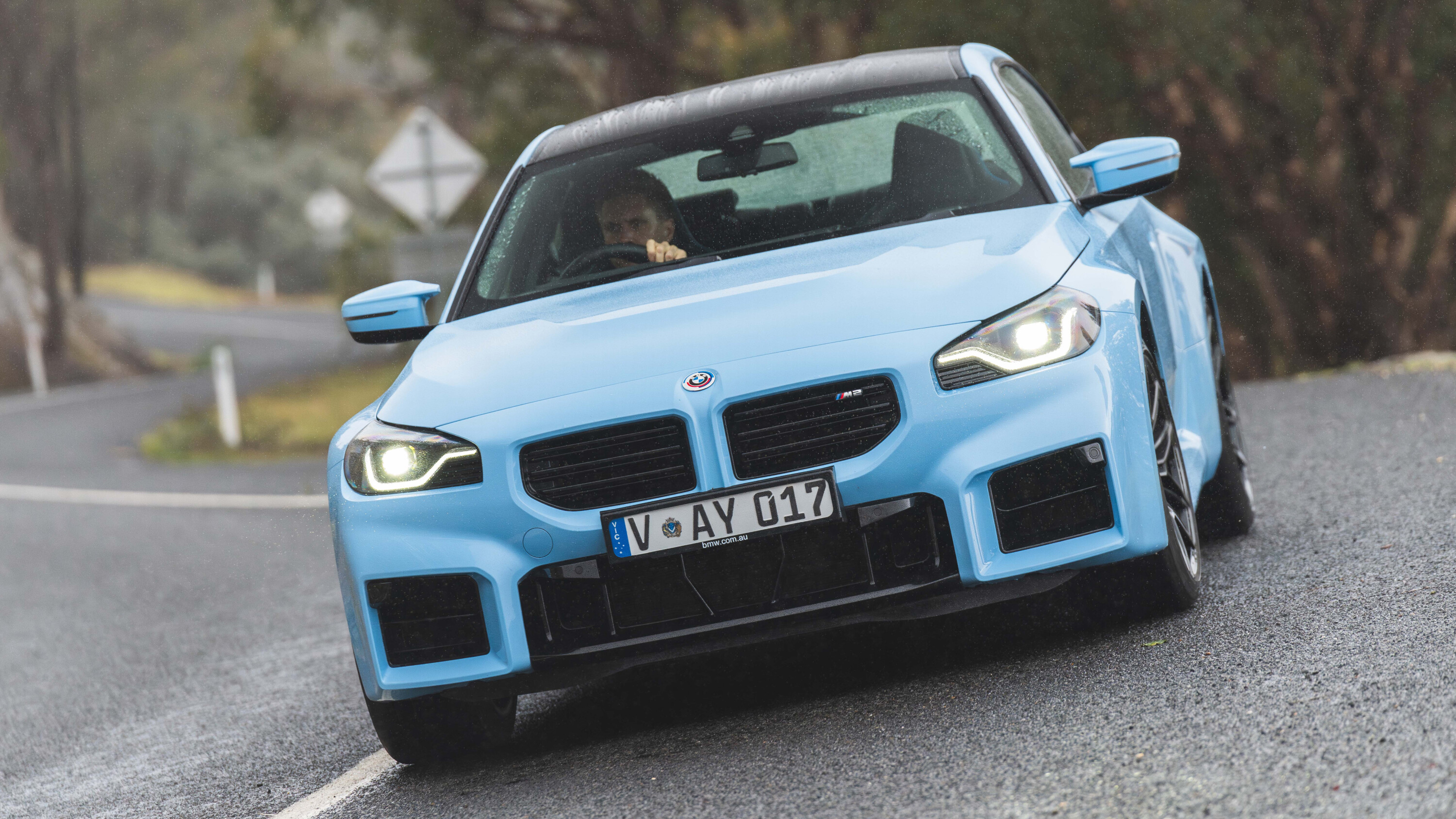
Both gearboxes are excellent. The eight-speed auto is smooth and quick-witted, though current M2 owners might miss the immediacy and whipcrack nature of the old car’s dual-clutch.
The pick of the transmissions, however, is the six-speed manual. Early orders suggest the manual could make up as much as 30 per cent of the M2’s Aussie volume and it adds a welcome layer of involvement to the driving experience.
Its shift action isn’t amazing – it lacks the oily precision and snickety satisfaction of a Honda Civic Type R or Porsche Cayman and the clutch action could do with more bite – but it does feel like a slight improvement over the first-gen M2.
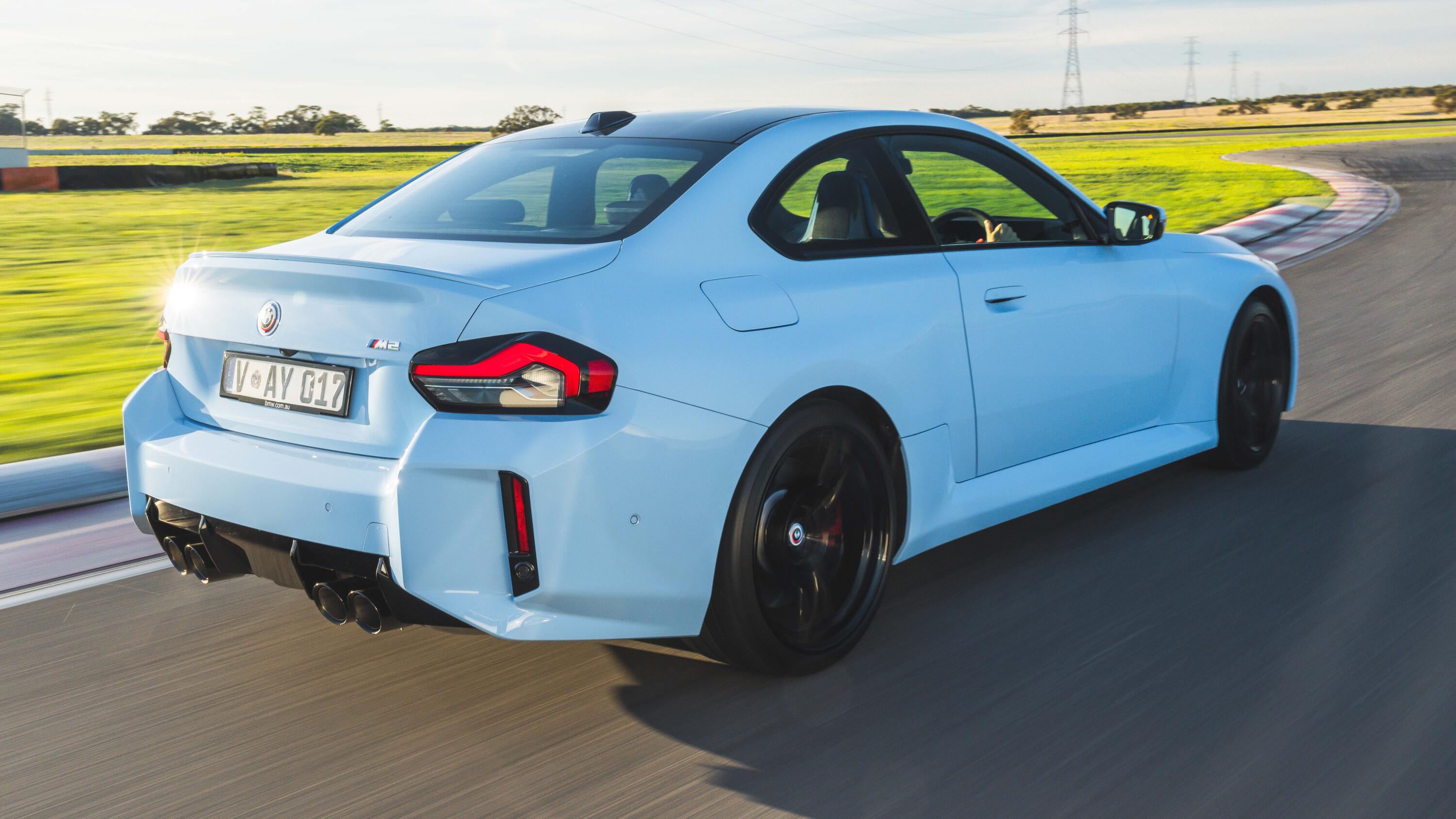
There’s plenty of talent to the new chassis, too.
The front axle is grippy and positive, the body control is taut and assertive and the way it wants to rotate mid-corner so you can exploit the rear-drive balance is deeply satisfying.
Like the M3/M4 the M2 now has M’s 10-stage traction control and a ‘Drift analyser’ so lurid, tail-out high jinks are easy to tap into. And thanks to the longer wheelbase, slides are now easier to maintain, too.

Calm things down and it’s obvious this new M2 has more bandwidth to explore in everyday driving.
The steering is good, without being great. Like all modern M cars, that steering wheel rim is too fat and while the electric power assistance system is accurate and meatily weighted, any sense of connection to the front wheels is distant and muted.
Calm things down and it’s obvious this new M2 has more bandwidth to explore in everyday driving.
While the ride is firm – even in its softest setting, bumps are transmitted keenly into the cabin – expert damping ensures the M2 doesn’t feel harsh or crashy. Cabin refinement has also improved and while there’s no escaping this is a focused sports coupe – it is a full-fat M car after all – it’s clear the new M2 is a better and more usable daily than the original.
If any of the terms in this section have left you scratching your head, these articles will help bring you up to speed!
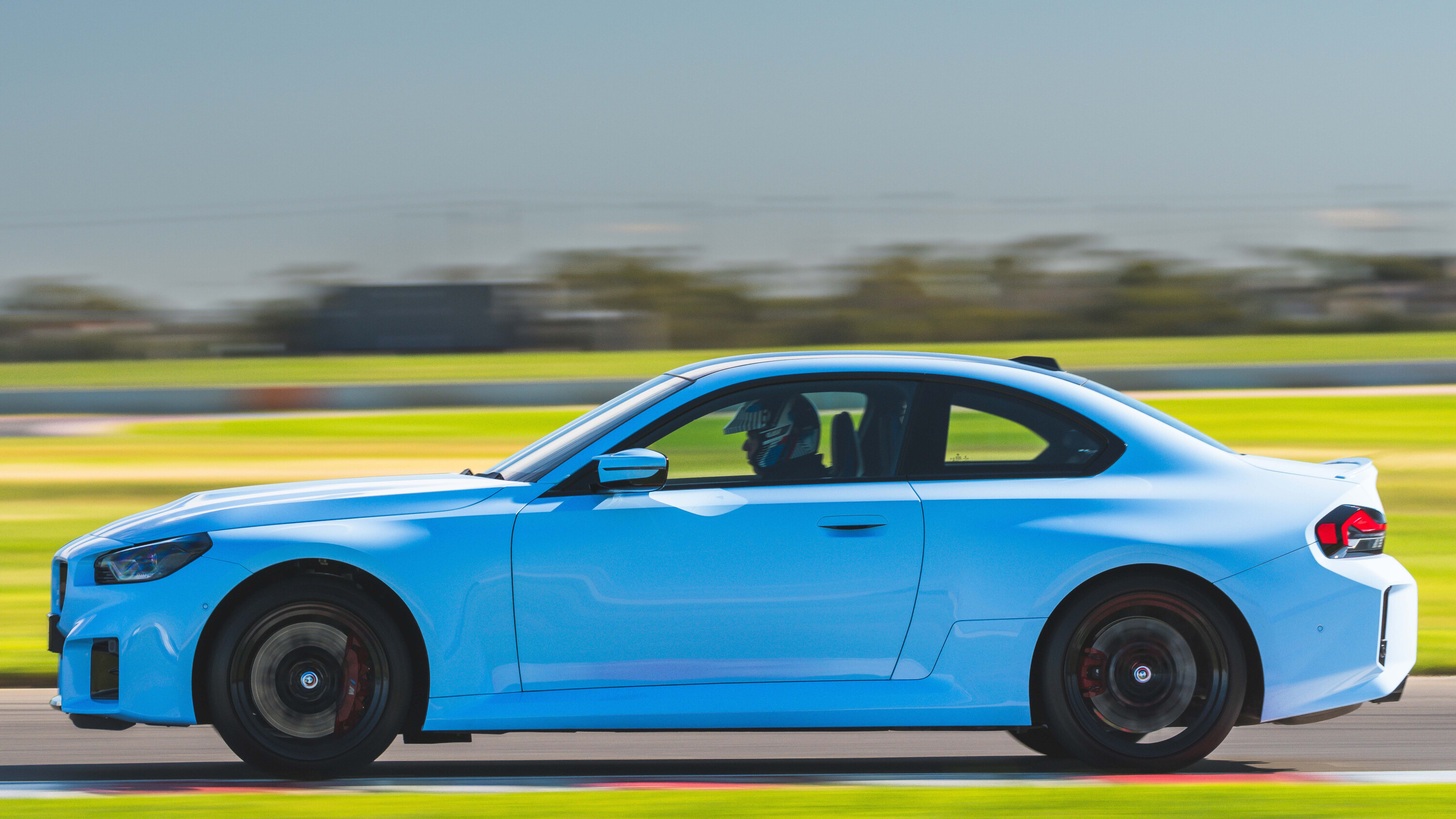
- What is a Powertrain or Drivetrain?
- Power vs torque
- Car suspension explained
- Automatic transmissions (‘gearboxes’) explained
- Chassis control systems explained
- Car vs Ute vs SUV: How the vehicle you buy should guide the way you drive
Automatic versions of the 2023 BMW M2 have an official combined fuel consumption figure of 9.7L/100km.
Manual versions drink slightly more at 10.2L/100km. Those figures are similar to the first-generation M2 which had combined ratings of 9.2L and 10.0L respectively.
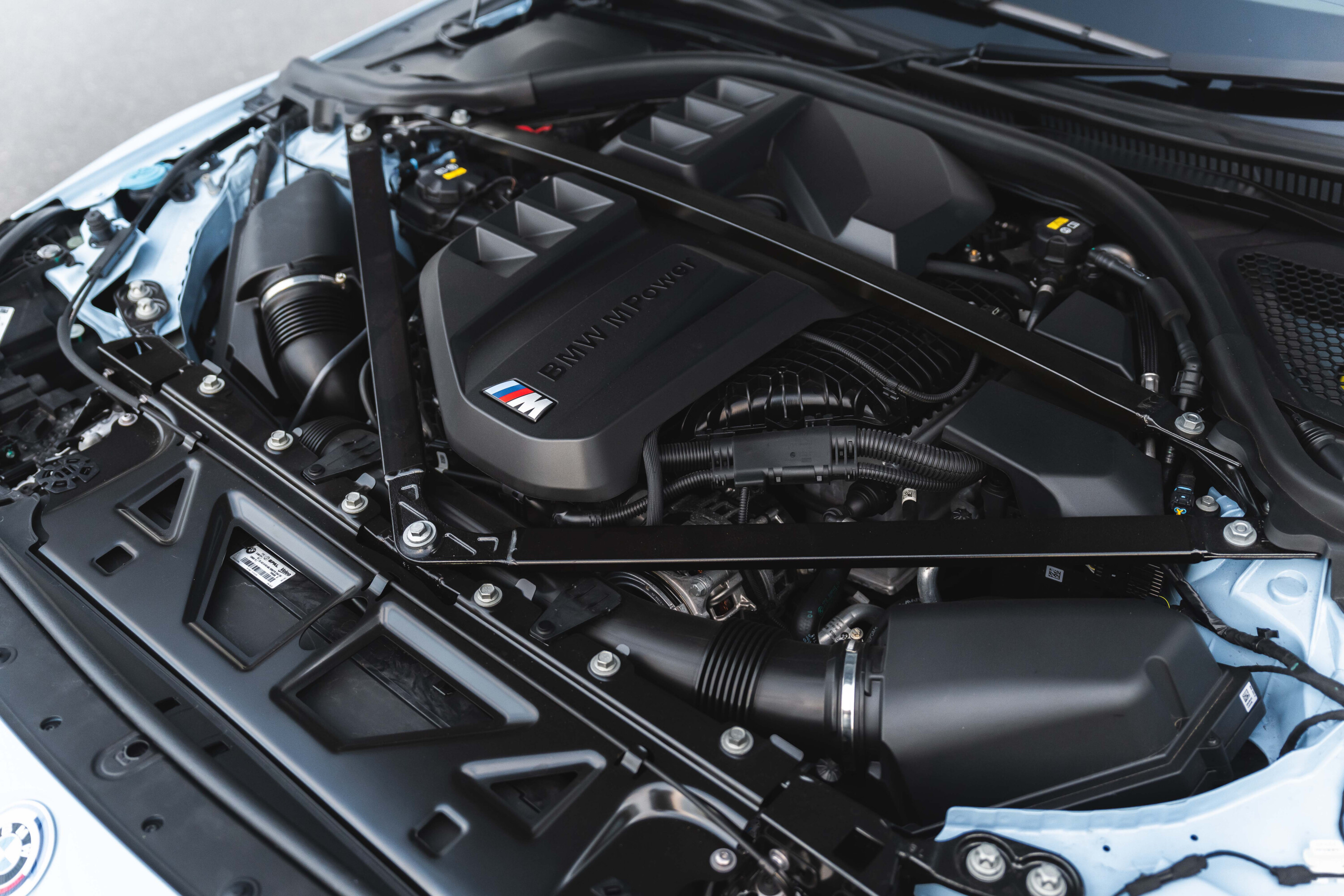
How safe is the BMW M2?
Like most M cars, the M2 doesn’t carry an official ANCAP crash-test rating. The regular BMW 2 Series Coupe has been tested, however, and it carries a four-star safety score.
Sub-par results for some of the 2 Series Coupe’s active safety systems like lane-keep assist and autonomous emergency braking were the reason it failed to achieve five stars.
The 2023 BMW M2 is fitted with the following safety systems: six airbags, autonomous emergency braking with pedestrian detection, lane-departure warning, blind-spot monitoring, rear-cross traffic alert, lane centring assist, adaptive cruise control with stop-and-go function, and a tyre pressure monitoring system.
One thing to note is that choosing the six-speed manual means your M2 loses adaptive cruise control.
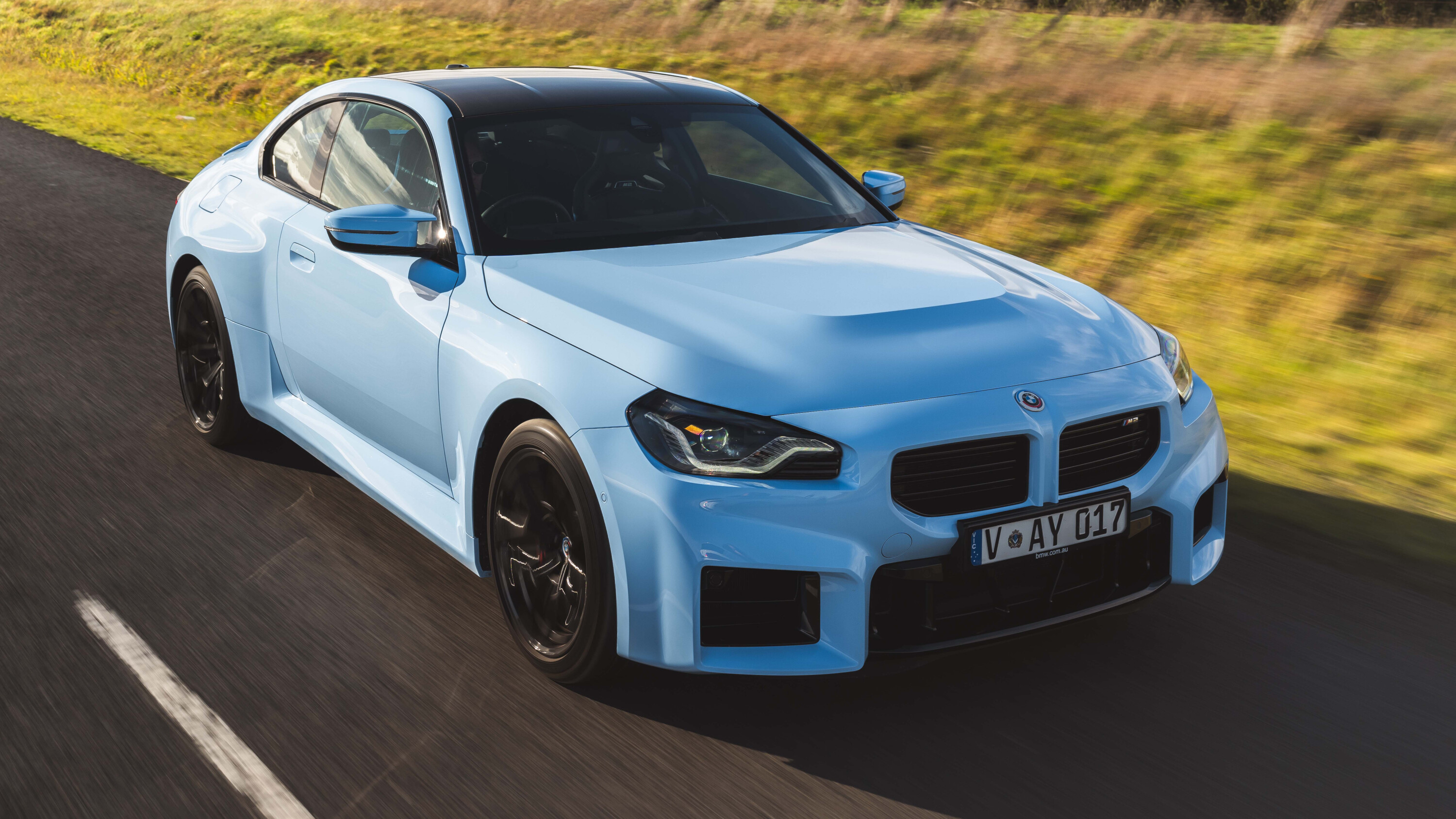
VERDICT
It’s hard to shake the sense that this new M2 is the end of an era.
Likely to be the last ever pure-combustion M car, it’ll also be the last fitted with a manual gearbox, and with M’s (admittedly excellent) xDrive system now becoming the default, it’s likely to be the last rear-driven model as well. For those reasons alone, we’d recommend buying one.
But there’s more to this new M2 than merely ticking the right boxes. It evolves the core attributes of its predecessor into a package that’s quicker, comfier, roomier and more predictable at the limit. Is that enough to warrant an upgrade if you’re a current M2 owner? That’s a trickier one.
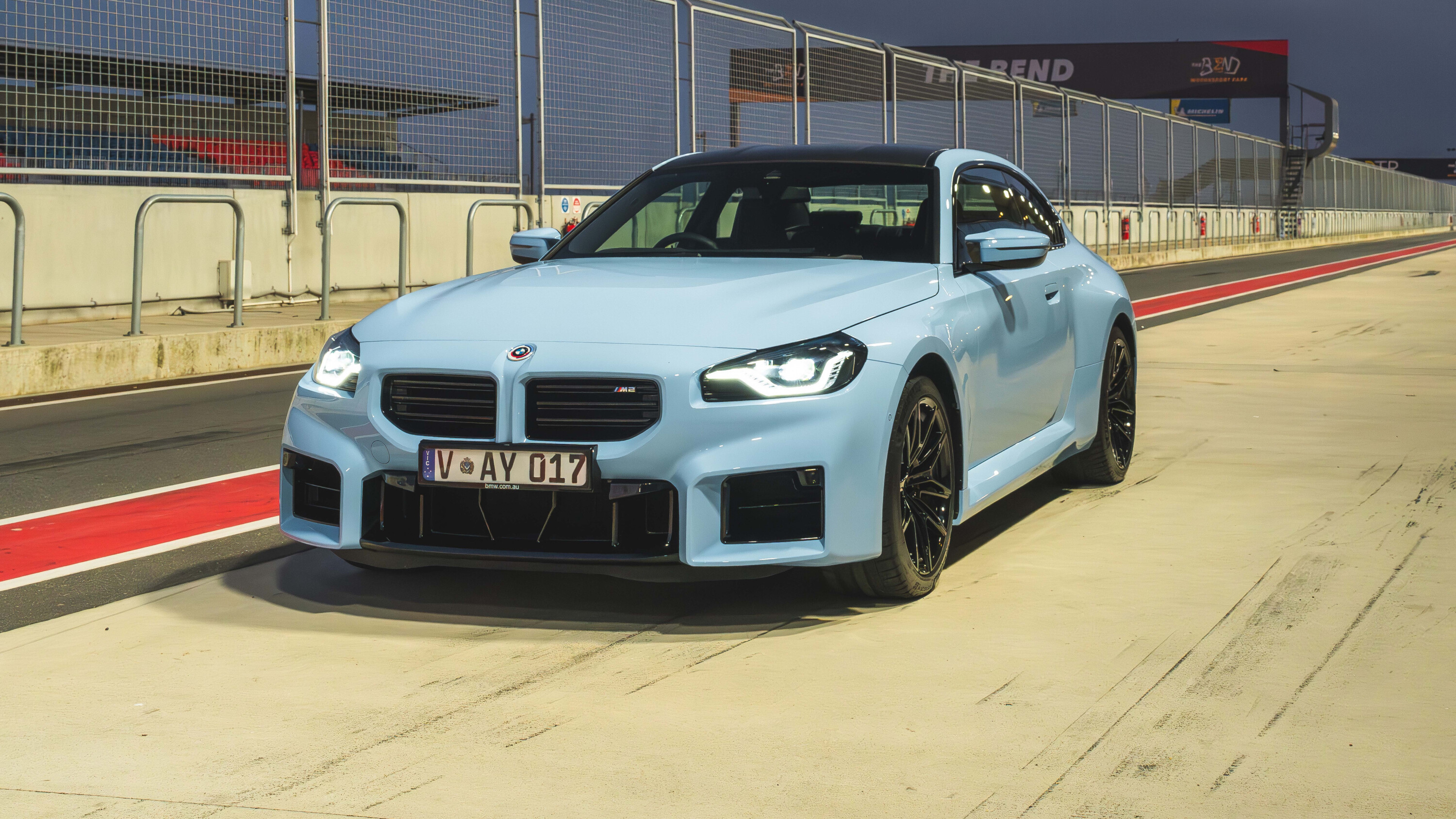
Objectively the G87 is a superior and more complete car but there’s no doubt some will lament the loss of the fiery original’s snappy rear-end and prettier exterior – the taut proportions of an original M2 Comp are nigh on perfect.
The new car’s weight gain is also a step in the wrong direction and while it disguises the extra heft well, it will likely yield higher tyre wear and other maintenance costs.
What’s easier to recommend is buying an M2 over the current M4. It isn’t only significantly cheaper but its shorter wheelbase and smaller proportions help to make it a more engaging road car.
Once again, BMW M’s smallest model is one of its best.
| 2023 BMW M2 specifications | |
|---|---|
| Body | 2-door, 4-seat coupe |
| Engine | 2993cc inline 6cyl, 24v, DOHC, twin-turbo petrol |
| Power | 338kW @ 6250rpm |
| Torque | 550Nm @ 2650-5870rpm |
| Transmission | 8-speed automatic |
| 0-100km/h | 4.1 seconds (claimed) |
| L/W/H | 4580/1887/1403mm |
| Wheelbase | 2747mm |
| Track width | 1617/1605mm (f/r) |
| Boot space | 390L |
| Weight | 1725kg |
| Fuel / tank | 95 RON / 52 litres |
| Fuel use L/100km | 9.7L/100km (combined) |
| Suspension | Struts, coil springs, adaptive dampers, anti-roll bar (front) Multi-links, coil springs, adaptive dampers, anti-roll bar (r) |
| Steering | Electric rack-and-pinion |
| Brakes | 380mm ventilated/perforated compound discs with six-piston callipers (f) 370mm ventilated/perforated compound discs with single-piston callipers (r) |
| Wheels | 9.5J x 19 (f) 10.5J x 20 (r) |
| Tyres | Michelin Pilot Sport 4S 275/35 ZR19 (f) 285/30 ZR20 (r) |
| Price | $121,700 + on-road costs |
Score breakdown
Things we like
- Still a brilliant, attainable performance car
- Excellent dynamics on road and track
- Roomier cabin and stronger GT credentials than before
- Not as lairy or as feisty as original M2 (this could be a negative, too…)
Not so much
- Size and weight gain over first-gen M2
- Not as impishly engaging as the original
- Is it the last ‘old school’ M car?
- Complexity of infotainment system and drive modes
We recommend
-
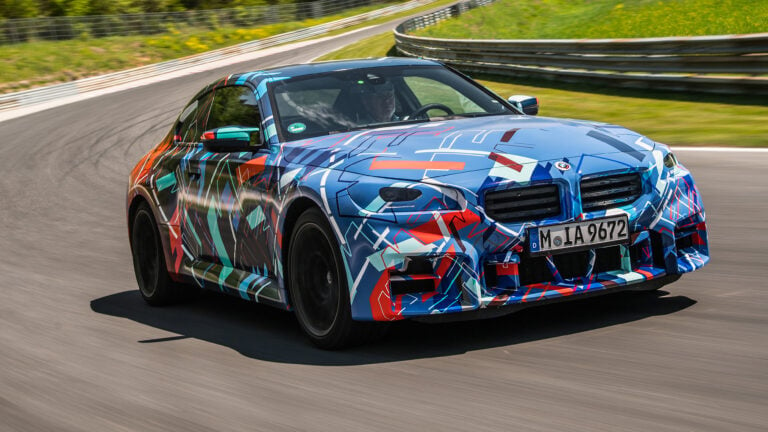 Reviews
Reviews2023 BMW M2 review: Prototype first drive
As the new BMW M2 nears its big debut, we've given a camouflaged pre-production example a proper workout on the track
-
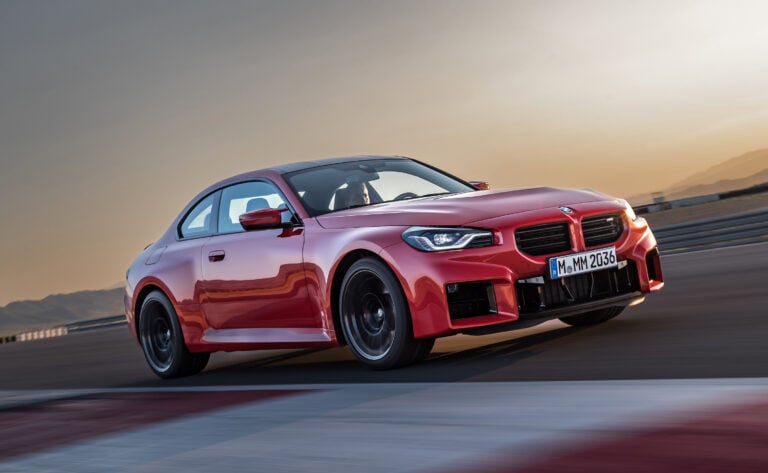 News
News2023 BMW M2: Australian pricing and design review
BMW Australia has confirmed the price tag of its second-generation hero sports coupe.
-
 News
NewsNew car calendar 2026: All the new cars coming to Australia next year
Here’s the WhichCar by Wheels guide to all the new cars that will launch in Australia in 2026. Check back in regularly for updates...


